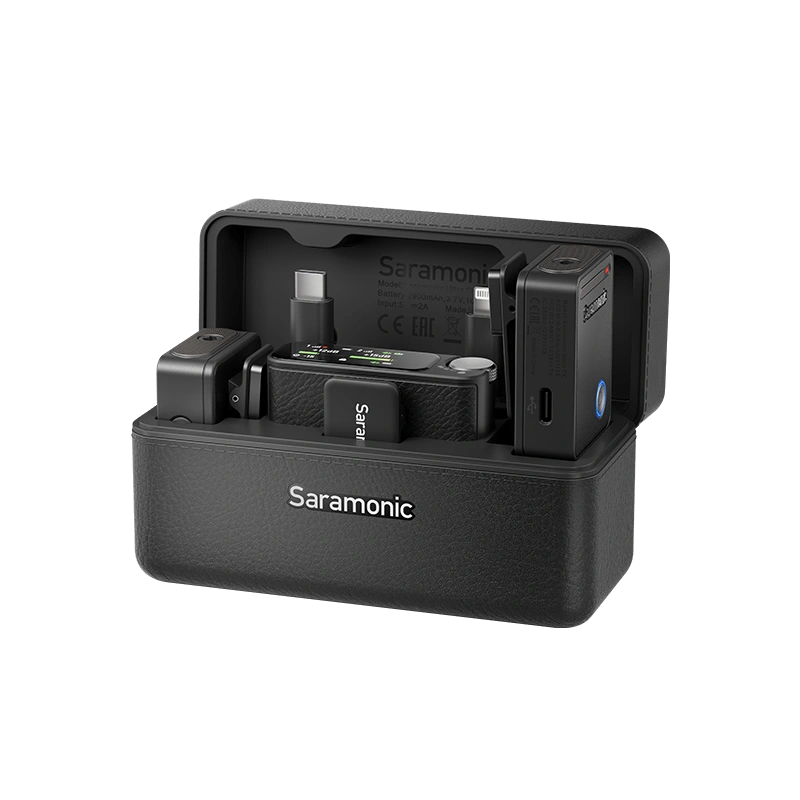Unveiling the Secrets: Which Microphone Brand Reigns Supreme?
In today's world, microphones have become essential tools across various fields such as music production, broadcasting, and content creation. Whether you're a musician aiming to capture the perfect sound, a podcaster wanting to deliver crystal-clear audio, or a filmmaker striving for the best sound quality, the choice of microphone can significantly impact your work. With a plethora of brands entering the market, each touting its features and benefits, choosing the right microphone brand can feel overwhelming. This article aims to evaluate different microphone brands based on their reputation and specifications, helping you navigate this complex landscape and make an informed decision.

Understanding Microphone Brands
The journey of microphone technology has been remarkable, evolving from rudimentary designs to sophisticated devices that cater to a wide array of applications. The market is brimming with brands, each offering a unique set of microphones tailored for different needs. Factors that contribute to a brand's reputation include innovation, user feedback, and their presence within the industry. For instance, some brands are renowned for pioneering new technologies, while others build their reputation on consistent quality and reliability. Understanding these factors can help potential buyers comprehend which brands are worth considering and why they have garnered a loyal customer base over the years.
Key Specifications to Consider
When evaluating microphones, understanding key specifications is crucial. Essential specifications include frequency response, polar patterns, sensitivity, and build quality. Frequency response indicates how well a microphone captures different sound frequencies, which is vital for music and voice applications. Polar patterns define how a microphone picks up sound from various directions, influencing its suitability for recording environments. Sensitivity reflects how well a microphone converts sound waves into electrical signals, impacting overall sound quality. Lastly, build quality ensures durability, especially for those who travel or perform in dynamic settings. By grasping these specifications, users can better assess which microphone will deliver optimal performance for their specific applications.
Comparative Analysis of Leading Brands
A comparative analysis of leading microphone brands reveals significant differences in sound quality, durability, and user-friendliness. Some brands have earned a reputation for producing professional-grade microphones that excel in studio environments, while others are favored for their ruggedness and reliability in live performance settings. Customer service also plays a pivotal role in brand standing; brands that provide superior support and warranty options often cultivate loyal customers. Additionally, the history of a brand, including its contributions to sound technology and its adaptability to market changes, can greatly influence its reputation. Understanding these aspects helps consumers make informed choices when selecting a microphone that aligns with their needs.
Real-World Applications and User Experiences
Microphones from various brands demonstrate diverse performance outcomes in real-world applications. For instance, a friend of mine, an audio engineer, often shares stories about how different brands behave in studio settings versus live performances. He notes that while some brands excel in studio clarity, they may not hold up under the rigors of a concert environment. Similarly, content creators often report varying experiences based on their chosen brands; some find specific models excellent for voiceovers, while others struggle with background noise. General trends suggest that microphones designed with portability in mind tend to sacrifice some sound quality, a trade-off many users are willing to accept for convenience. These insights underline the importance of real-world performance in evaluating microphone brands.
Final Thoughts on Choosing the Right Microphone Brand
In summary, navigating the landscape of microphone brands requires an understanding of their unique reputations and specifications. Key factors such as sound quality, durability, and user experiences play a significant role in the decision-making process. It's essential to align your brand choice with your specific needs and applications, whether you're recording music, producing podcasts, or performing live. By considering these various factors, readers can make a more informed decision, ensuring that they select a microphone that not only meets their requirements but also enhances their creative endeavors.
